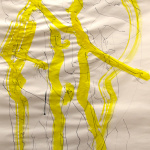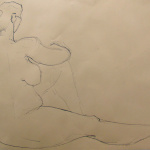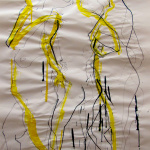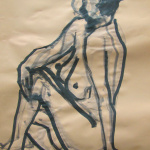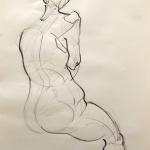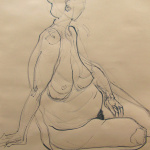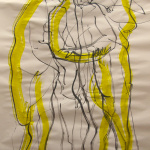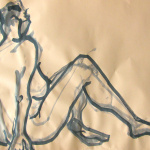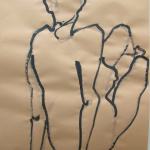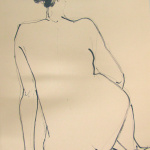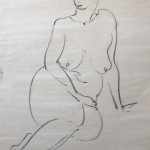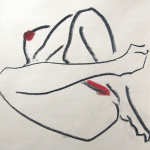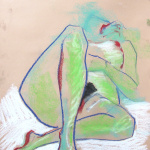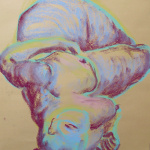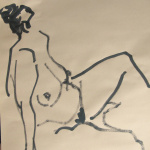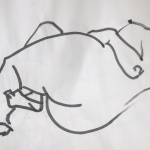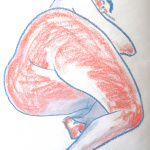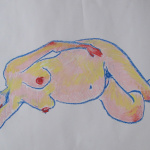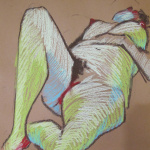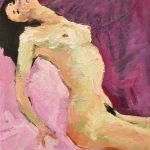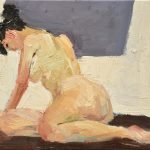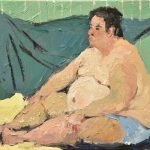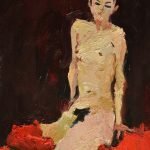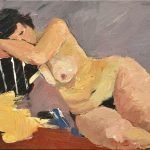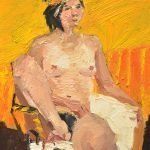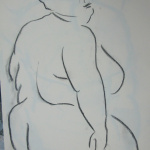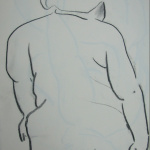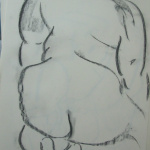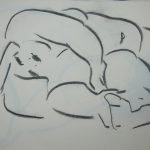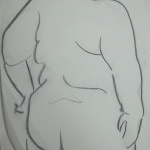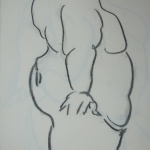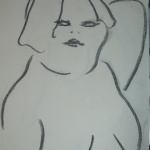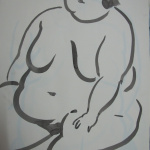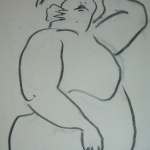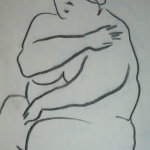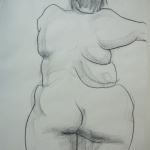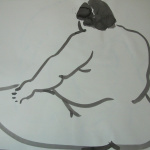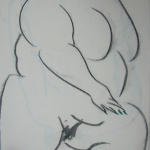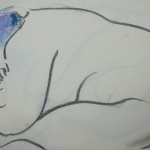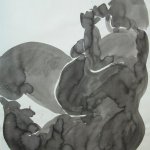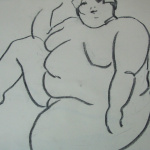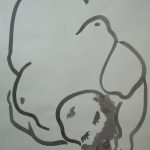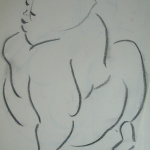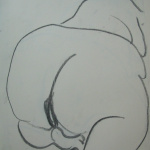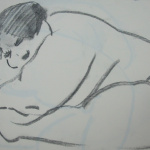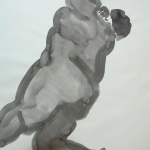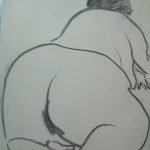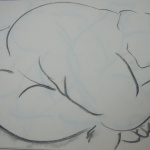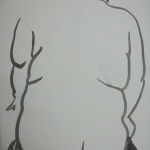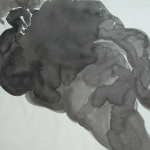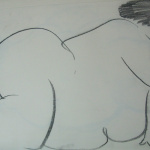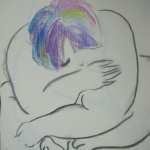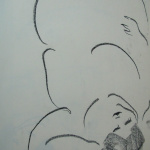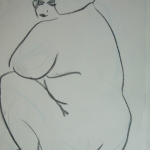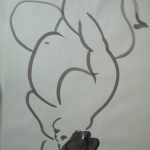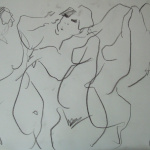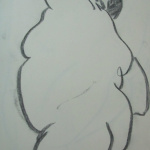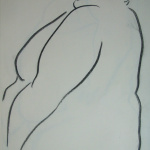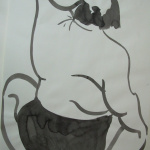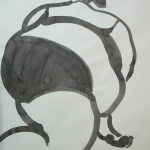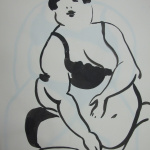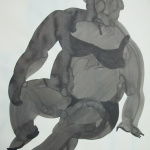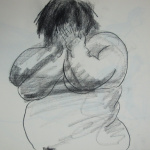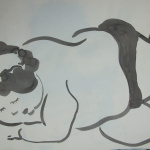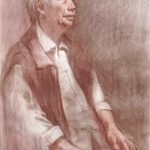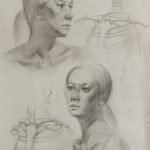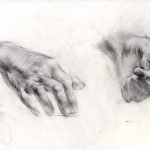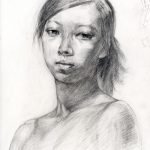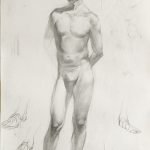My artistic practice has long been defined by an unceasing engagement with life drawing—a process in which each figure is captured within one to five minutes. These rapid sketches are not just technical exercises; they are a fundamental way of exploring human existence through movement, presence, and time. Much like my experiences with artist residencies and commuting sketches, this practice is rooted in the fluidity of perception—an attempt to grasp the essence of a body before it vanishes from sight.
Each sketch is an immediate response to the body before me, an encounter in which time is compressed into the swift, intuitive motion of my hand. There is no time for hesitation, no room for correction—only direct observation, reaction, and mark-making. This fleeting nature of the process resonates with Martin Heidegger’s notion of Dasein (Being-there)—human existence is not something fixed or permanent but something that constantly reveals itself in motion, in transition, in the unfolding present.
Unlike traditional figure drawing, which often seeks to refine and construct an idealized form, my one-to-five-minute sketches embrace imperfection, incompletion, and immediacy. The brevity of each session forces me to strip away non-essential details, leaving behind only the most fundamental gestures, tensions, and rhythms of the body. This process aligns with Henri Bergson’s concept of la durée (duration)—a way of perceiving time not as a sequence of fixed points, but as a fluid continuum of change and transformation. Each stroke of the pencil or brush does not merely describe a body; it records a body in time, a body in becoming.
Through this repetitive, relentless engagement with life sketching, I have come to understand the body not as a static form but as an event—an intersection of physicality, movement, and momentary existence. In these sketches, the human form is not frozen; it is captured mid-transition, mid-gesture, mid-thought. There is no definitive image, only a trace of being, a record of how a body once existed in a particular space and time before shifting into another state.
This method of drawing also reflects a way of seeing—an insistence on staying attuned to the presence of others, to the shifting nature of human existence, to the way each moment is lost the second it is observed. In the contemporary world, where images are often staged, edited, and polished to an unnatural degree, my life sketches seek the opposite: to embrace the raw, the unfiltered, the unrepeatable.
In the end, these sketches are not about creating lasting representations but about embodying the act of looking, the practice of witnessing, the urgency of capturing life before it disappears. They reaffirm my belief that existence is not a static state but a continuous process of emergence and dissolution—that in every fleeting moment, a form of truth can be found, if only for an instant, before it is carried away by time.
